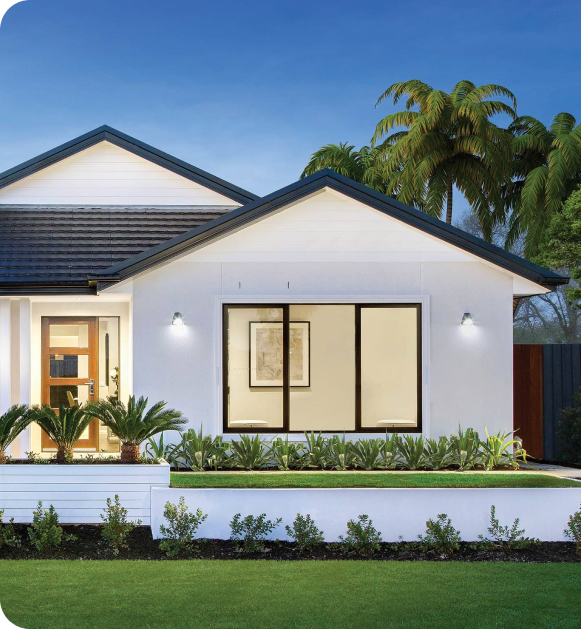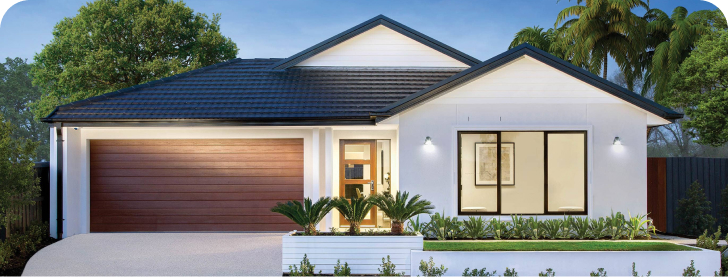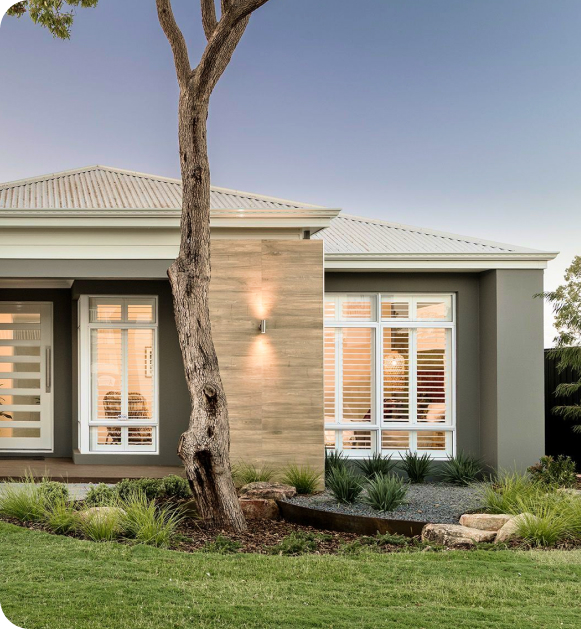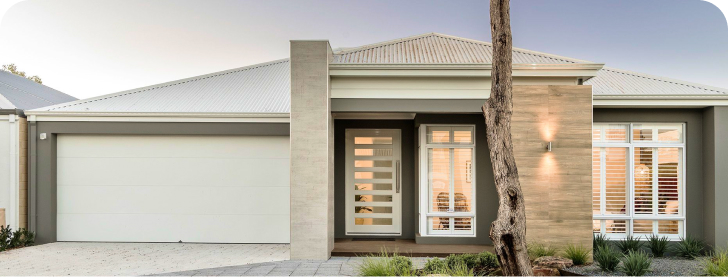
The construction of accessory dwelling units can bring a significant amount of benefits to a property owner. Building an accessory dwelling unit (ADU) on your parcel not only increases the overall value of your property but also extends the living area without any changes to your main house.
Planning and successfully implementing an ADU project on the same lot as the primary residence is the first step toward the provision of additional living or rental space for families and tenants. However, you might want to allocate additional resources toward the maintenance of the unit. Similarly to a standard house, an accessory dwelling unit needs good care taken of it in order to function properly.
In this article, we will discuss some of the most common maintenance and repair solutions for owners of detached, attached, and junior accessory dwelling units.
Let's start with probably the simplest form of maintenance that your ADU might need. Although some homeowners might not consider cleaning as that big of a problem, it might be crucial for those who are doing ADU projects to rent out.
To make sure that all the existing space in your ADU is used wisely, the functional design must be planned from the start. As soon as your accessory dwelling unit (ADU) is ready to rent out, you should think about getting separate cleaning assistance for it.
Rental structures have to be in good condition all the time. While you might be busy taking care of your own housing space, it is easy to forget about the one you rent out. Spending the rental money on the cost of cleaning services can be one of the best decisions for homeowners with ADUs.
As any ADU building must have all the utility connections that the main house has, plumbing is one of the factors that cannot be neglected. Although the system itself might not be separate from the primary dwelling, you still need to make sure that all the appliances are in good condition.
A property owner who takes care of plumbing and drainage systems in their affordable housing can save money on utility bills. Old and damaged systems can be the cause of excessive use of resources, leading to bigger bills and unnecessary expenditures.
Repairing any electrical fixtures in your granny flat on time is crucial. It can prevent major incidents, like fires caused by short circuits and other electrical issues. Any building owner should pay great attention to how electronics work. Responsible homeowners must always be aware of any problems with light fixtures and electronic gadgets.
If you are not sure whether there are any problems with electricity in your ADU, it is always better to reassure and have a professional electrician inspect everything. If any problems become clear, you will be able to get them immediately fixed and prevent any potential accidents.
When you apply for a building permit for your ADU, you must design heating and cooling systems according to the local ADU ordinance. In compliance with the building permit requirements, the accessory structure cannot share this form of utility system with the main building.
When including heating and cooling facilities in your ADU project, you can offer higher rental rates to your potential tenants as well. A building with a full set of utility systems that can make the life of a person in your rental mini-house more comfortable will surely cost more than a simple ADU with no improved conditions.
Timely roof repair can save you from a lot of future troubles. A property owner should always be cautious about the whole structure of the building, the roof and foundations being some of the most important ones.
Here are, for example, some of the problems that might arise when you don't repair an ADU roof in time:
Gutters must also be cleaned on time in order to prevent stagnant water that can get inside the structure.
Both attached and detached ADUs need updating every once in a while. You can always ask a family member to help with applying a new coat of paint or hire a professional to transform your accessory housing. Painting and refinishing an old property will give a new fresh look to the unit, making it more appealing to renters or more pleasant for your family to stay at.
Many homeowners forget that not only the interior needs to be taken care of. In the process of building an ADU, we often forget that the outside part of the property has to be well-maintained too. It is always nice to look out of the window and enjoy a beautiful view or go outside for a couple of hours of fresh air.
To make the outdoor area around your ADU housing better, consider the following landscaping options:
During the process of living in ADU structures, flooring and carpets might get worn out. Usually, homeowners require some assistance with these kinds of tasks, as they are not as easy to complete all by yourself without any experience.
During the construction of an ADU, consider the cost of replacing flooring in the future. If you do not want to spend extra money each year after the project is over, invest in good materials from the very start.
ADU housing, just like the primary residences, can be quite costly to update. Still, if the repairs are needed, they better be done as soon as possible, especially if you are listing your ADU on the rental market for some extra income.
Even small touches to your home matter. Whether you have a detached, attached, or junior accessory dwelling unit, paying attention to details is important. While planning a major repair project can be overwhelming and expensive, renovating small pieces little by little is quite feasible for any homeowner.
For such kinds of work, you can get assistance from handymen, who offer a variety of different services. Therefore, once you see that a kitchen cabinet door has got loose or your coffee table leg is a little unstable, it is better to get it fixed immediately.
These tiny details might not matter to those who are used to living in their own homes. These issues simply become a part of our daily routine, and we tend to put them aside to deal with in the future. However, problems of this kind should be immediately fixed if you are using your ADU as a rental place. Especially when inviting potential tenants for home tours, unfixed appliances or damaged furniture might show you as a not-so-careful homeowner. Moreover, these details can create a bad impression of your property in general.

Before receiving a building permit, you must plan a project that complies with all the law regulations. This allows you to create an ADU that is safe and comfortable for living. Still, the maintenance of this living space is just as important as the initial planning. You need to ensure everyday safety by taking care of all the elements in your ADU. Only with proper care safe living conditions can be achieved.
Timely repairs can save you a lot of time and finances on the solution of even bigger problems that might arise if you still have poorly working elements. Malfunctions in plumbing and bad roofing might cause water leakages, for example. Electronic devices and lighting have to be treated with even bigger care, as there is always a potential fire hazard.
Keeping your ADU safe for your family and potential tenants is not an easy job to do. However, if you master the skill of being a good property owner, you will surely see the results. Keep in mind while these small changes might affect your rental income, they can also be crucial to the property value of your housing.
Accessory dwelling units might not be as spacious as a primary residence or an apartment. Size limitations imposed by state ADU law might prevent you from going all in with the design solutions. Still, these granny flats have plenty of benefits that homeowners can enjoy: from extra living space to additional income sources.
Updated ADU regulations allow any homeowner to get their ADU project reviewed by local officials within 60 days. Also, a conversion of an existing structure, like a garage or a shed, has now become easier, as one of the ADU ordinance rules has changed.
ADUs are considered affordable housing options that are suitable for the accommodation of young people, elderly family members, and many other purposes. These tiny homes can serve as rental property, giving you some extra money regularly. There are not as many disadvantages, except maybe for the complicated process of receiving permits for ADU construction.
In general, an accessory dwelling unit cannot exceed 16 feet in height. It should also have setbacks from rear and side property lines and other existing buildings on the lot. ADU requirements also include the provision of fully functioning living space, with a bathroom, kitchen, and bedroom zones planned accordingly.











